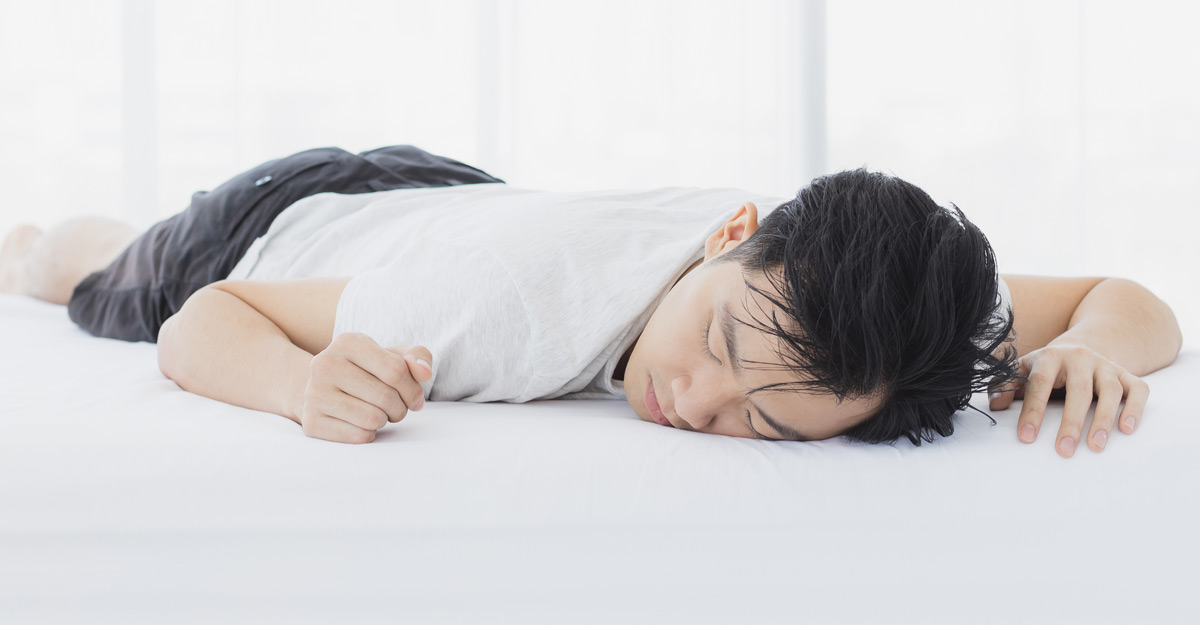

6 Evaluating air trapping will be discussed in greater detail in upcoming sections. The supine or dorsal decubitus position is the most common position used in the operating room. 6 The underlying cause may be more readily distinguished on expiratory scans where, in the setting of air trapping, the mosaic areas of low attenuation persist. 45 On inspiratory scans, inhomogeneous attenuation may be attributed to ground glass, airway abnormalities, or vascular abnormalities. attractive young woman sleeping - supine position stock. teenage boy with eyes closed lying on pink footpath during sunny day - supine position stock pictures, royalty-free photos & images. 3 Protocols for evaluating interstitial lung disease also recommend obtaining inspiratory and expiratory scans. Browse 10,395 supine position stock photos and images available, or search for body positions or the human body to find more great stock photos and pictures. The average cell number in right upper and left lobes in the supine position is significantly higher than that in the upright position. 3 As shown by the arrows, opacities resulting from lung disease persist during prone imaging. Under arterial perfusion at 1 mL/min, they seeded the lung with pooled rat lung microvascular ECs in either the supine or upright position. While prone, atelectasis will resolve, while true opacities resulting from lung disease will not. 3 As these opacities may resemble interstitial lung disease, it is imperative to also capture a set of images in the prone position.

3 These dependent opacities resolve during prone imaging as shown on the right. Sleeping your baby on their back (known as the supine position) for every sleep day and night is one of the most protective actions you can take to ensure. 4 When imaging supine patients, opacities resulting from lung collapse or atelectasis are often seen in the dependent portions of the lung as shown by the arrows in the left image. Thoracic CT evaluation is often performed while the patient is lying in a supine position.


 0 kommentar(er)
0 kommentar(er)
